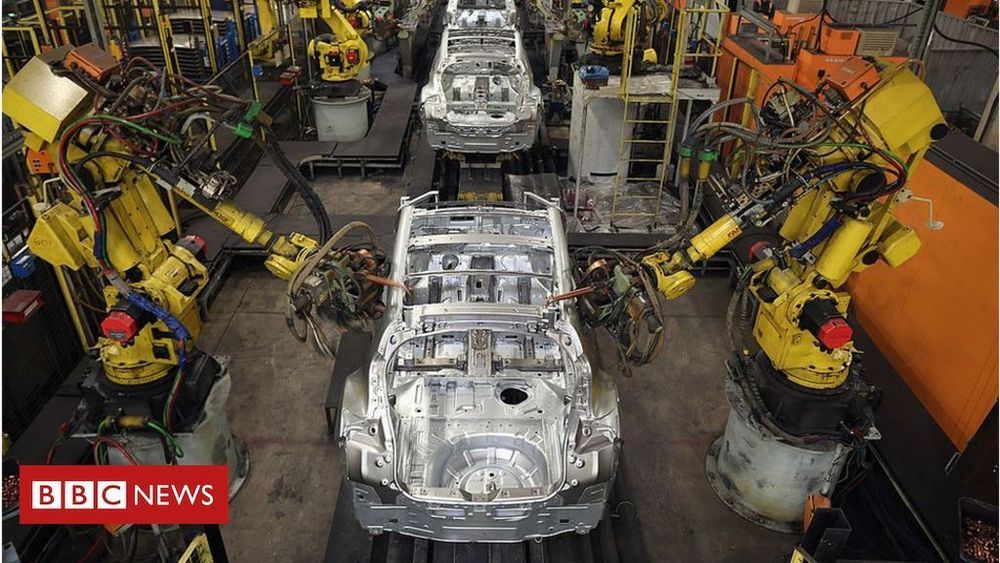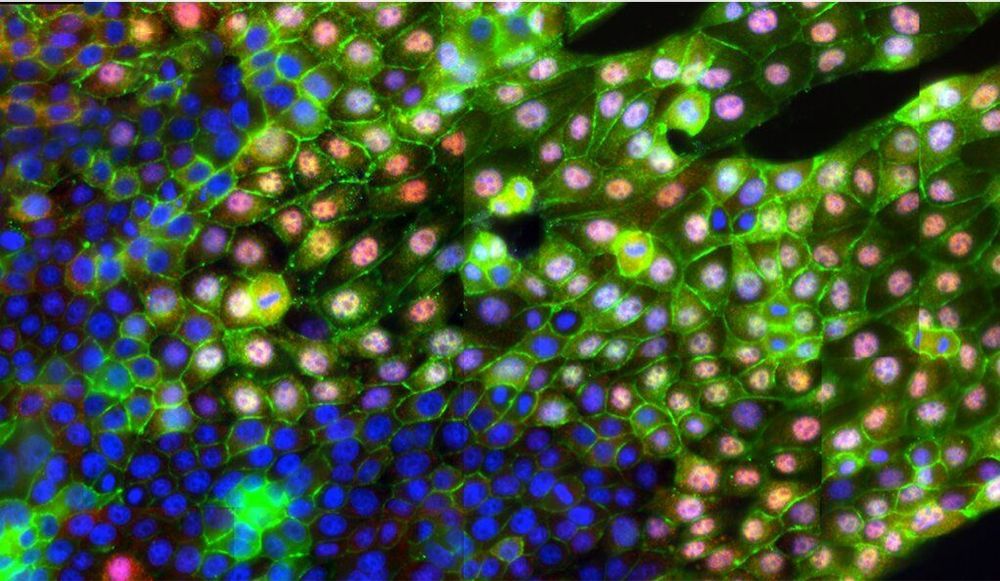
Get the latest international news and world events from around the world.


NIST Reveals 26 Algorithms Advancing to the Post-Quantum Crypto ‘Semifinals’
The field has narrowed in the race to protect sensitive electronic information from the threat of quantum computers, which one day could render many of our current encryption methods obsolete.
As the latest step in its program to develop effective defenses, the National Institute of Standards and Technology (NIST) has winnowed the group of potential encryption tools—known as cryptographic algorithms—down to a bracket of 26. These algorithms are the ones NIST mathematicians and computer scientists consider to be the strongest candidates submitted to its Post-Quantum Cryptography Standardization project, whose goal is to create a set of standards for protecting electronic information from attack by the computers of both tomorrow and today.
“These 26 algorithms are the ones we are considering for potential standardization, and for the next 12 months we are requesting that the cryptography community focus on analyzing their performance,” said NIST mathematician Dustin Moody. “We want to get better data on how they will perform in the real world.”


The Rise of a New Generation of AI Avatars
I recently discovered it’s possible for someone in their 20s to feel old—just mention Microsoft’s Clippy to anyone born after the late 90s. Weirdly, there is an entire generation of people who never experienced that dancing wide-eyed paper-clip interrupting a Word doc writing project.
For readers who never knew him, Clippy was an interactive virtual assistant that took the form of an animated paperclip designed to be helpful in guiding users through Microsoft Word. As an iconic symbol of its decade, Clippy was also famously terrible. Worldwide consensus decided that Clippy was annoying, intrusive, and Time magazine even named it among the 50 worst inventions of all time (squeezed between ‘New Coke’ and Agent Orange. Not a fun list).
Though Clippy was intended to help users navigate their software lives, it may have been 20 or so years ahead of its time.

Air Force Wants Neuroweapons to Overwhelm Enemy Minds
It sounds like something a wild-eyed basement-dweller would come up with, after he complained about the fit of his tinfoil hat. But military bureaucrats really are asking scientists to help them “degrade enemy performance” by attacking the brain’s “chemical pathway[s].” Let the conspiracy theories begin.
You’ve read your last complimentary article this month. To read the full article, SUBSCRIBE NOW. If you’re already a subscriber, please sign in and and verify your subscription.

Physicists Are Making Solid Light
Circa 2014
A team of researchers from Princeton University has started doing some very strange things with light. Instead of letting it zip by at incredibly high speed, they’re stopping it dead: freezing it into crystal.
Crucially, they’re not shining light through crystal; rather, they making light into crystal. It’s a process that involves fixing the particles of light known as photons in a single spot, freezing them permanently in one place. It’s never been done before, and it could help develop new exotic materials with weird and wonderful properties.

Scientists develop unique trap for light
Circa 2018
Based at the National Research Nuclear University MEPhI (Russia), a research team led by Prof. Yuri Rakovich has developed a tunable micro-resonator for hybrid energy states between light and matter using light to control the chemical and biological properties of molecules. The results have been published in the Review of Scientific Instruments.
The micro-resonator is a two-mirror trap for the light, with the mirrors facing each other within several hundred nanometers. A photon caught in the trap would form a localized state of an electromagnetic wave. By modifying the resonator’s form and size, operators can control the spatial distribution of the wave, as well as the duration of the photon’s life in the resonator.
The new invention makes it possible to control chemical and biological properties of molecules with the help of light. The micro-resonator can serve as the basis for new-generation instruments that can be used in biological and chemical sensing as well as to control the speed of chemical reactions and energy transfer efficacy.


Scientists discover molecular key to how cancer spreads
Yale researchers have discovered how metastasis, the spread of cancer cells throughout the body, is triggered on the molecular level, and have developed a tool with the potential to detect those triggers in patients with certain cancers. The discovery could lead to new ways for treating cancer.
The study was led by Andre Levchenko, the John C. Malone Professor of Biomedical Engineering and director of the Yale Systems Biology Institute at Yale’s West Campus. It was published June 26 in the journal Nature Communications. Levchenko is a member of the Yale Cancer Center.
One way metastasis occurs is through epithelial-mesenchymal transition (EMT), a process that breaks neighboring cells apart from each other and sets them in motion. It’s been long assumed that chemical signals or genetic changes in the cells trigger EMT. But Levchenko’s research team found that it could be caused by a simple change in the texture of the extracellular matrix (ECM), which acts as a scaffold for cells. They discovered that an alignment of the matrix’s fibers (a common biological occurrence) can trigger the EMT process without or other stimuli.
